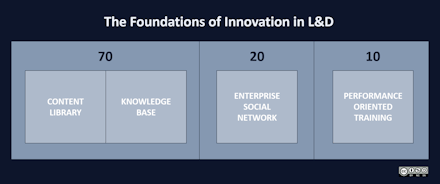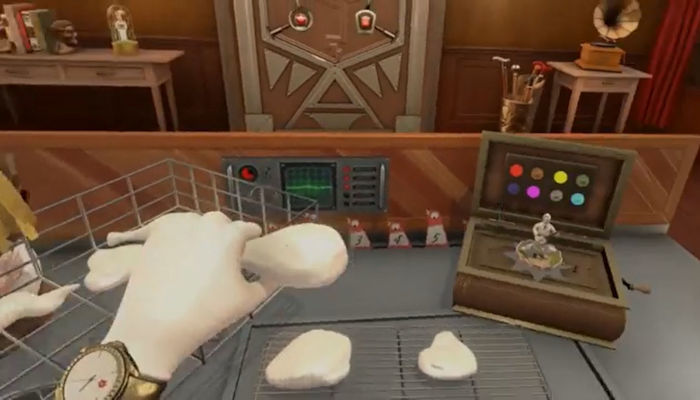Search for...
#e-learning Bookmarks
Published Bookmarks
Flash to HTML5 E-learning Conversion: The 4 ‘R’s That Matter
Confused where to start with your Flash to HTML5 e-learning conversion process? Download this eBook to know the four conversion methods, and insights on how to plan for it. Also, get a sneak peek at how forward-thinking companies are doing it.
Searching for Clarity
My perfectionist personality pours over each lesson with every single detail to ensure that what I’m designing is enough, but I need more insight. Now I’m searching for clarity to better understand instructional design.
 GDPR compliance training should be engaging, effective…and fun!
GDPR compliance training should be engaging, effective…and fun!
Compliance training should be engaging and fun to be effective. In this post we share some of the resources our e-learning clients have produced to help you communicate key messages around GDPR to your employees.
 The foundations of innovation in L&D
The foundations of innovation in L&D
From the get-go, a false idol that must fall is the belief that the role of the L&D department is to create all the training to meet the organisation’s learning needs. These needs are so diverse within and across all the different job roles that the task is an almost comical impossibility.
 My decade of provocation
My decade of provocation
On this day 10 years ago, I pressed the “Publish” button on my first ever blog post. It was a welcome message pitching my corner of the World Wide Web.
 Teacher Resources
Teacher Resources
An excellent collection of resources for teachers, including Classroom Response Systems, Gamification, Edublogs, and Learning Management Systems.
 The 2018 Corporate eLearning Movers And Shakers List
The 2018 Corporate eLearning Movers And Shakers List
The Top 100 Movers and Shakers’ List represents the views of a number of key people about the personalities who lead the corporate online learning world.
 25 more real-world examples of Virtual Reality
25 more real-world examples of Virtual Reality
I hereby present 25 more real-world examples of Virtual Reality drawn from this year’s and last year’s #VRwolweek events.
 Real Steel. How NLMK trained 16,000 steelworkers with e-Learning
Real Steel. How NLMK trained 16,000 steelworkers with e-Learning
A real case of e-Learning success from the steel industry. Read more!
![[eBook]: Articulate Storyline 3: Features That Can Live Up To Your Training Design Standards thumbnail](https://elearningtags.com/wp-content/uploads/2018/02/3380405949.jpg) [eBook]: Articulate Storyline 3: Features That Can Live Up To Your Training Design Standards
[eBook]: Articulate Storyline 3: Features That Can Live Up To Your Training Design Standards
This e-book explores the features of Articulate Storyline 3 to give you an in-depth perspective of how it can help create interactive online learning as per training design standards.
Submit Bookmark




